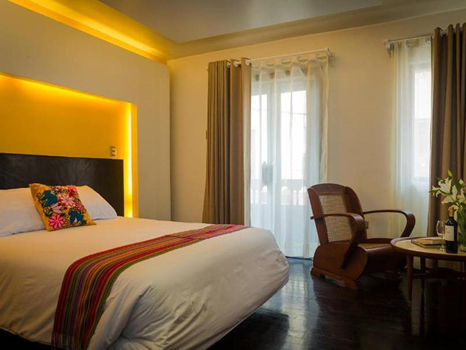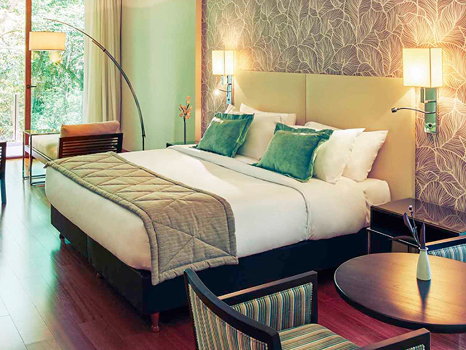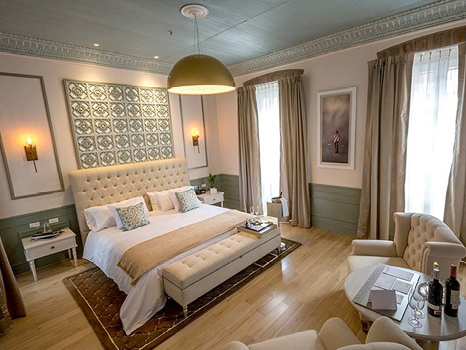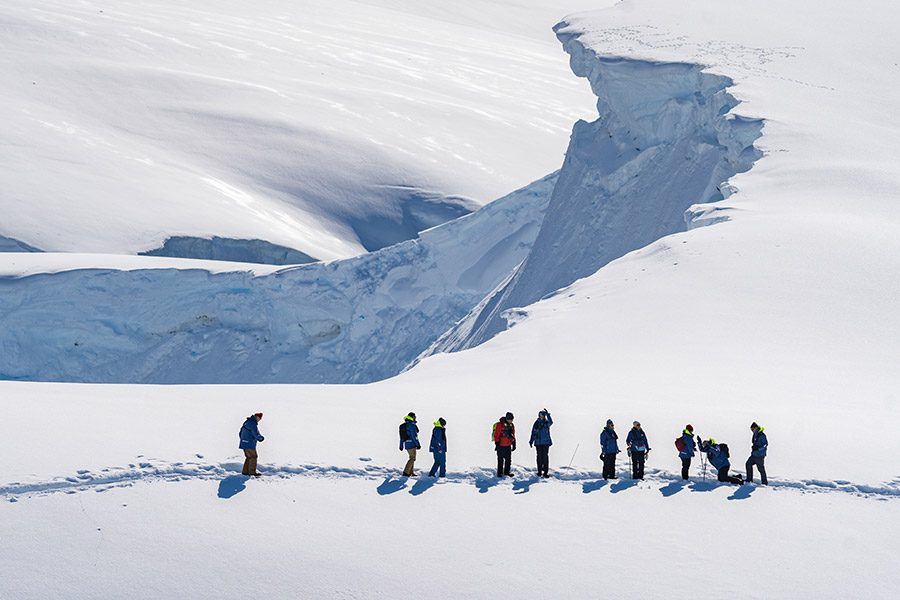We continue to explore the ice-choked Disko Bay area, before we head south. We are constantly on the lookout, since we are very likely to sail through humpback feeding grounds. We also pass the small and colourful houses of Aasiaat. As we continue via an inland passage towards Sisimiut, we sail amongst small islands, fjords and cliffs. We might pay a short visit to wander the streets, or we might opt for the surrounding wild fjords with an abundance of cod and various whale species. During hikes we might see reindeer, musk ox and foxes.
As we now leave the ice-filled fjords behind, only random icebergs will pass our way. We pass by Sermersuut Island and might enter the magical Kangerlussuatsiaq fjord (the fjord of eternity), where huge mountains up to 2000 metres rise straight from the ocean.
We then reach Nuuk. The capital’s setting is stunning, and the bay is sometimes visited by minke and pilot whales. We pay a visit to the National Museum, Greenland’s largest museum of cultural history. The collections come from all over the country, brought from various archaeological and small museum displays over recent years and the visit gives us great insight into the many different cultures of Greenland.
Our journey continues south towards the fjords around Qaqortoq. En route we hope to stop by the abandoned mining town of Ivittuut – one of the few places in the world to have discovered naturally occurring cryolite. During a hike here we have good chances of seeing muskox.
Nearby is the Ikka fjord. The legend says that the Inuit people drove invaders out onto the thin ice and when the ice gave way, the invaders died in the ice-cold water. If you look closely, you can catch a glimpse of their petrified remains on the bottom. The figures on the bottom are made of ikaite, an unusual form of chalk or limestone that is formed under an enormous pressure. Only about five other findings of ikaite have been observed around the world.
The places we are travelling through on this voyage have many stories to tell. One is of the Inuit's great respect of and symbiotic relationship with environment and animals. During periods of weather change and animal numbers declining, amulets and fishing or hunting artefact became objects of great beauty and artistry. Of respect and love for the animals, who give themselves to sustain the Inuit life and culture, offerings are made to the Sea Goddess Sedna, to release the animals’ souls. Still today, Inuit carry a small jug of fresh water when hunting seal. After a seal is killed it is given fresh water, so its spirit will not go thirsty. We will have many opportunities to learn about stories and legends, different eras and people that migrated to Greenland, conflicts and the ultimate demise of the once powerful Norse civilisation.
We reach Qaqortoq, the largest city in Southern Greenland, beautifully situated on the mountain slopes and surrounded by fjords. We venture into Eriksfjord, named after Erik the Red, a Norse explorer believed to have founded the first settlement in Greenland. During a landing we visit Brattahlid, the estate he established at the end of the 10th century. We also hope to explore the hot springs of Uunarteq and enjoy a bath in these warm-tempered natural bathtubs, with breath-taking views of mountain peaks and drifting icebergs.





















